
The celebration of the 199-year anniversary of the Annexation of the Party of Nicoya is just around the corner. Since we don’t want to get to the bicentennial repeating mistakes that we see year after year, The Voice of Guanacaste’s team made a list of five things that you have to avoid at all costs during these 25th of July festivities.
1. Confusing the Strangler Fig tree with the Guanacaste tree
The Guanacaste tree and the higuerón (a type of ficus in the Moraceae family known as the Giant Banyan or Strangler Fig) share similarities, especially in their umbrella-shaped canopy. That’s why it isn’t uncommon to find dozens of images on the internet shared by government institutions and the media in which they are mixed up.
What’s the difference between them? The Guanacaste tree has its branches separated from each other, the leaves are very small and elongated, its seeds are oval with a light brown ring, and its fruit is an ear-shaped pod, while the fig tree has a trunk made up of greyish roots and its leaves are larger and rounded.
Daniel Matul, a writer and professor at the National University in Nicoya, explains that this type of confusion about the region creates a wrong impression about what the province is and about its cultural richness.
“It’s interesting how national symbols fail to be in tune with the province, don’t communicate with the people and, in addition, these symbols confuse the population,” explains Matul.
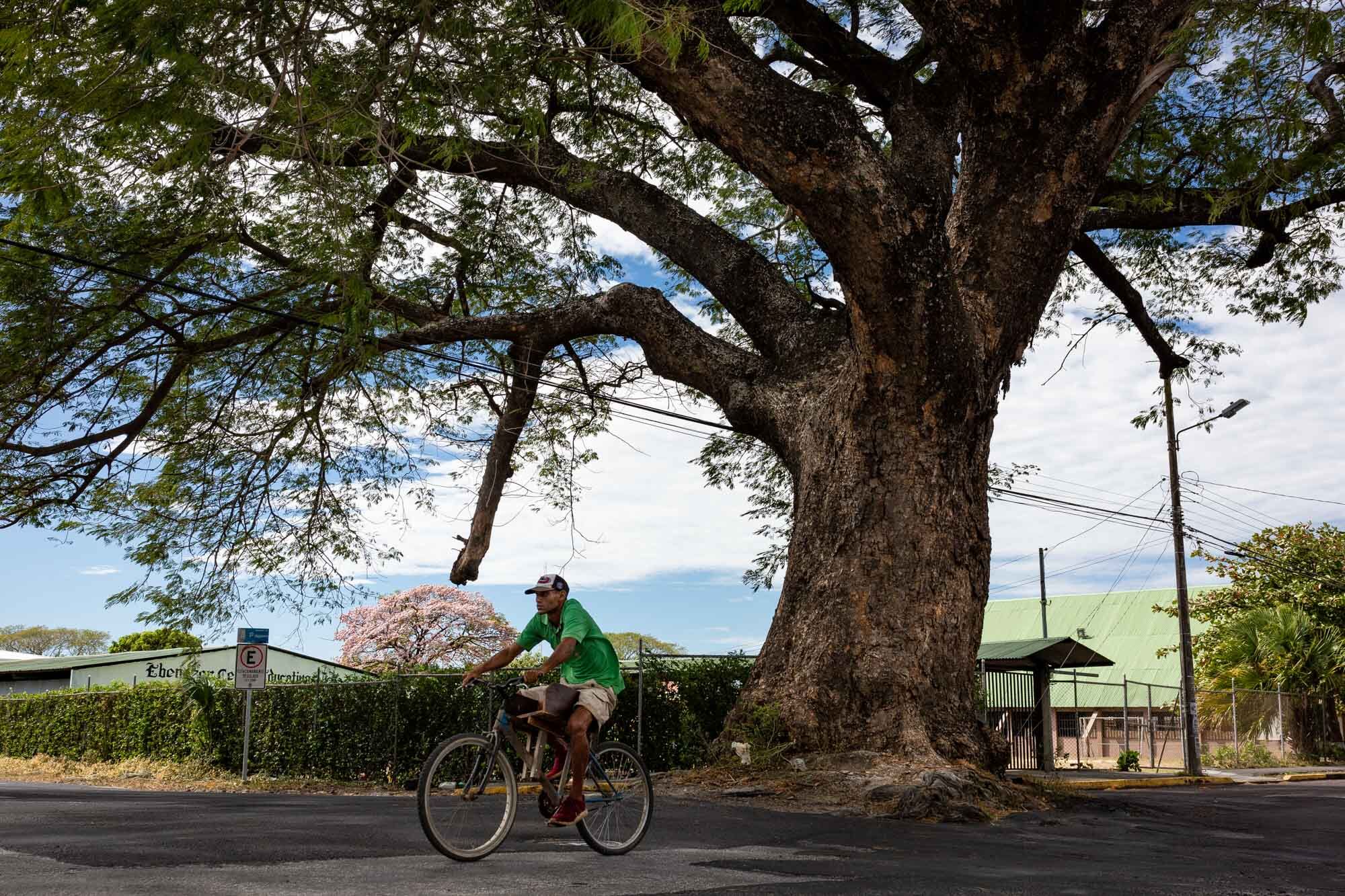
The word Guanacaste comes from the Nahuatl word “quauhnacaztli” which means “tree of ears” because its leaves look like human ears.Photo: César Arroyo Castro
2. Making art with carts from Sarchí
As explained by the program Vivamos la Guanacastequidad, unlike the traditional Costa Rican cart, the one from Guanacaste is more rustic and exhibits the original color and texture of the wood. Many of them don’t have “walls” because they weren’t used to transport grain, but rather wood in the form of logs.
Despite their big differences, many images alluding to Annexation Day have designs with the characteristics of carts from Sarchí. The program for last year’s presidential tour of Guanacaste, to cite just one example, was designed with patterns from those carts.
Yolanda Briceño, art history professor from Santa Cruz, believes that these designs should be created by interdisciplinary teams so that mistakes like that aren’t made.
“Drawings of the cart from Sarchí are colorful, lovely, precious, but they aren’t ours,” explains Briceño.
3. Putting on a chonete
Just as the Central Valley has its “simple farmhand” with his chonete (style of sun hat), in Guanacaste, we have the sabanero (man from the plains) and his thick, wide-brimmed hat. Although there are some small differences in how they are made in the cantons of the province, they are generally characterized by having a cord or rope around them and are decorated with horsehair.
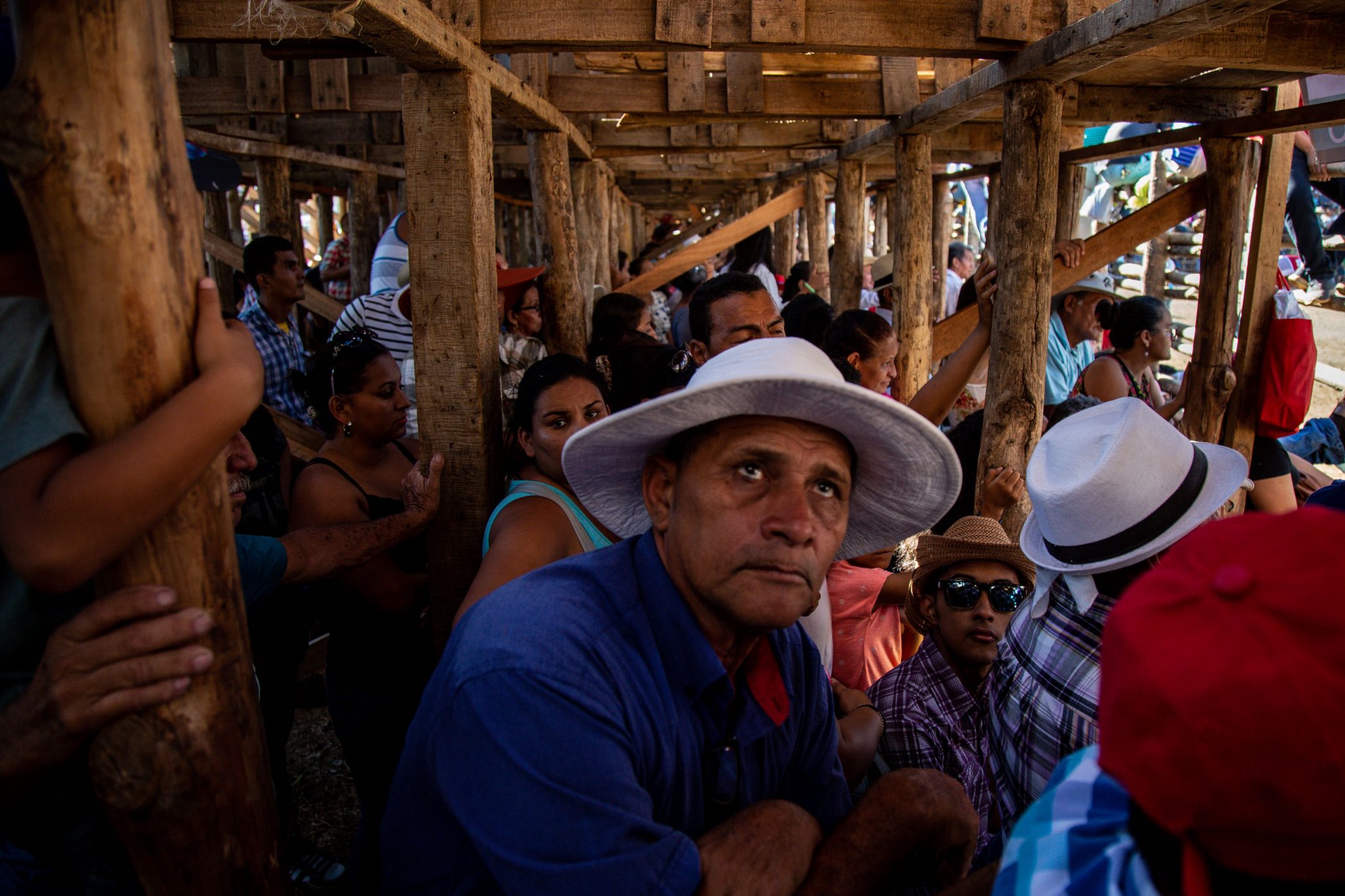
Hundreds of people filled the lower area of the bullring bleachers minutes before the bull riding began at 2 p.m. during the 2019 bull rides.Photo: César Arroyo
4. Wearing the handkerchief around the neck
This is also a feature of the Central Valley farmer’s costume. According to Briceño, the sabanero is usually represented with the handkerchief in the back pocket of his pants.
“To go courting on Sunday, perhaps [they used] a little sash or a belt around the waist, which is a colonial heritage, but not the handkerchief around the neck,” says Briceño.
5. Dancing in phosphorescent outfits
Winner of the National Popular Culture Award, Lía Bonilla dedicated her life to researching the province’s dances and folkloric clothing. She never bit her tongue when she had to criticize the liberties that people have taken when it comes to making typical Guanacastecan costumes.
“A fantasy has been made about the typical costume that makes you laugh, not to say that it makes you want to cry,” Bonilla once told La Nación.
Briceño explains that due to the commercial exchange that the province maintained with Granada and León in Nicaragua, cotton was the main textile used in the province, in very simple clothing.
“They put some invented phosphorescent colors [on the costumes], which did not exist then. And they look nice and everything, but it’s not good. Let’s not deny our simple past,” says commented.
Multicultural and multiethnic Guanacaste
Researcher Daniel Matul explains that when inaccurate symbols are used to represent the province, this lack of harmony in identity occurs and creates the exact opposite, a detachment and a lower self-esteem because a part of what is ours is erased.
But he affirms that this is not entirely negative since it could be the symptom of a social demand for recognition, differentiation and the strategy to achieve an appreciation of the region.
Briceño, for her part, believes that it’s time to demolish this need to homogenize our identity, which came about with independence to differentiate ourselves from the rest of the countries in the region.
“In this day and age, there is talk about us being a multiethnic, multicultural country. Interdisciplinary teams need to be sought out– the artist, the anthropologist, the historian, the elderly– and work together to put together this puzzle,” she underscores.


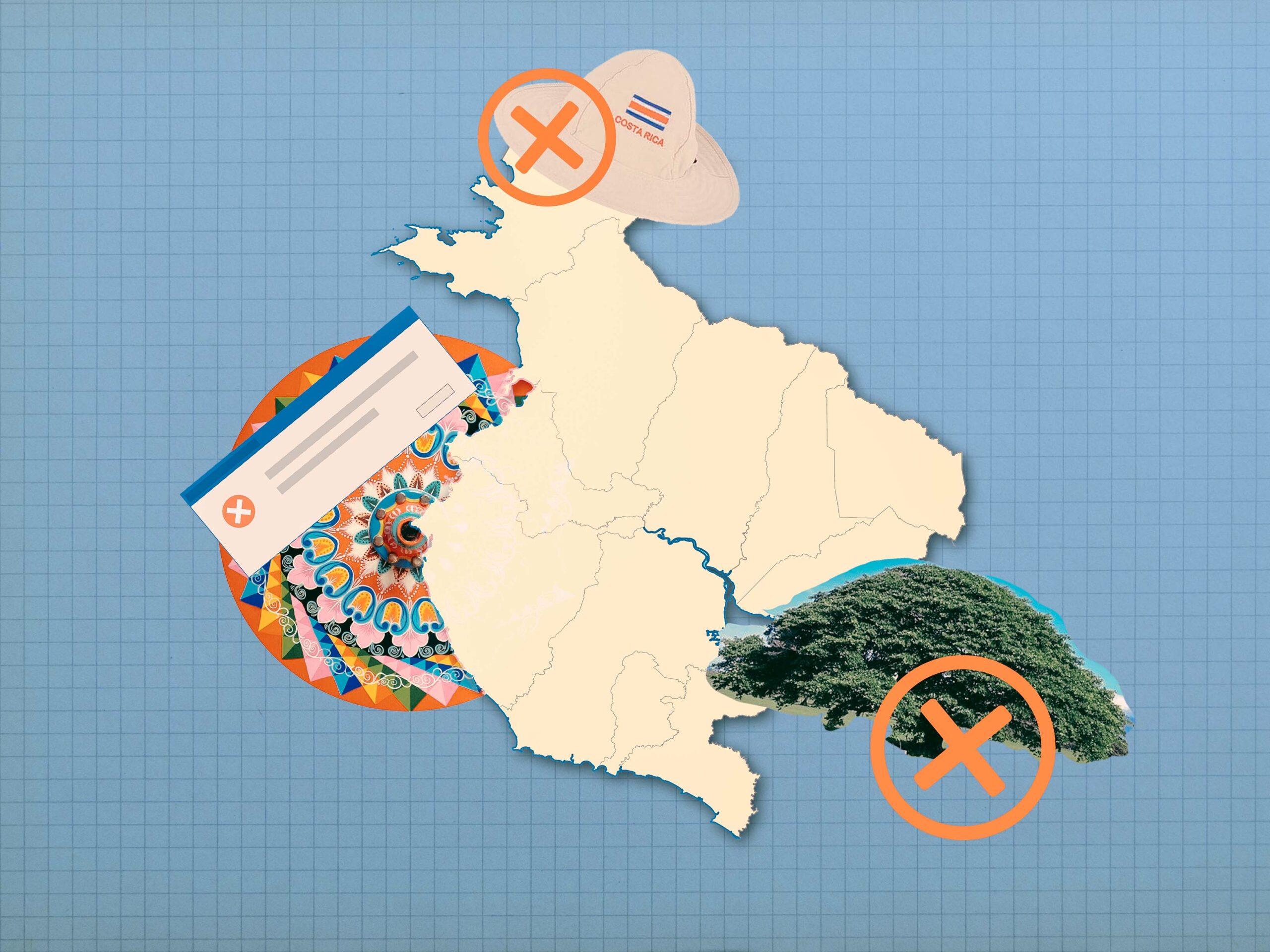
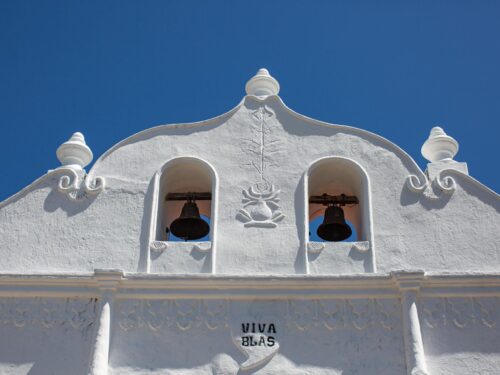
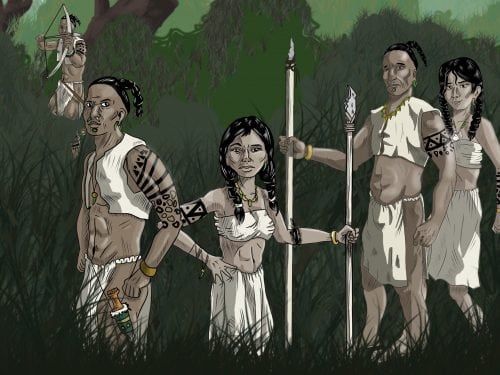
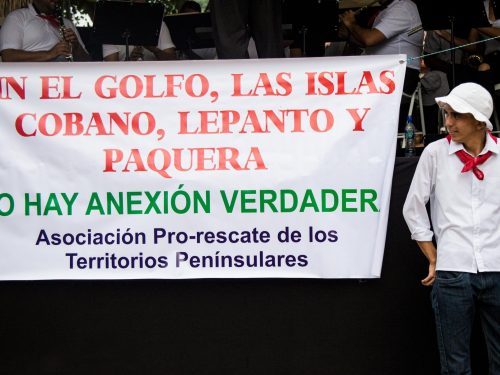

Comments